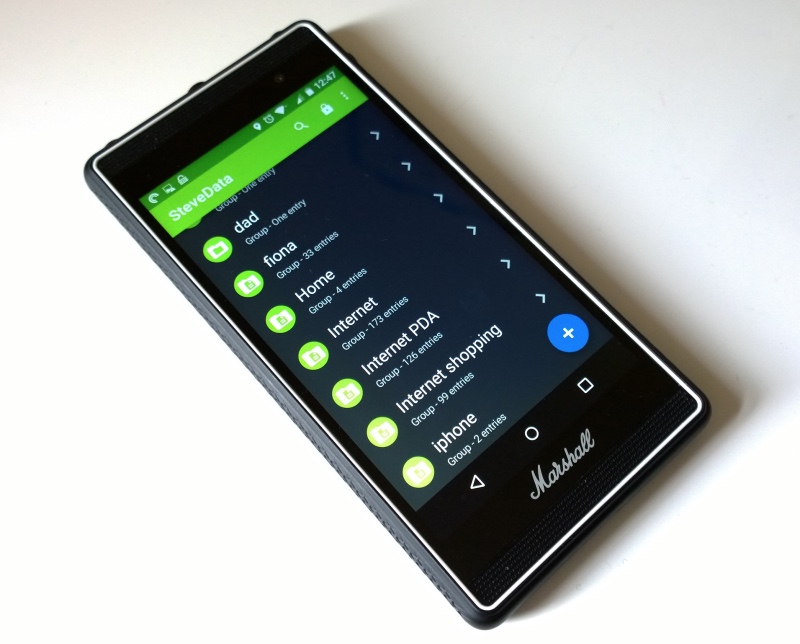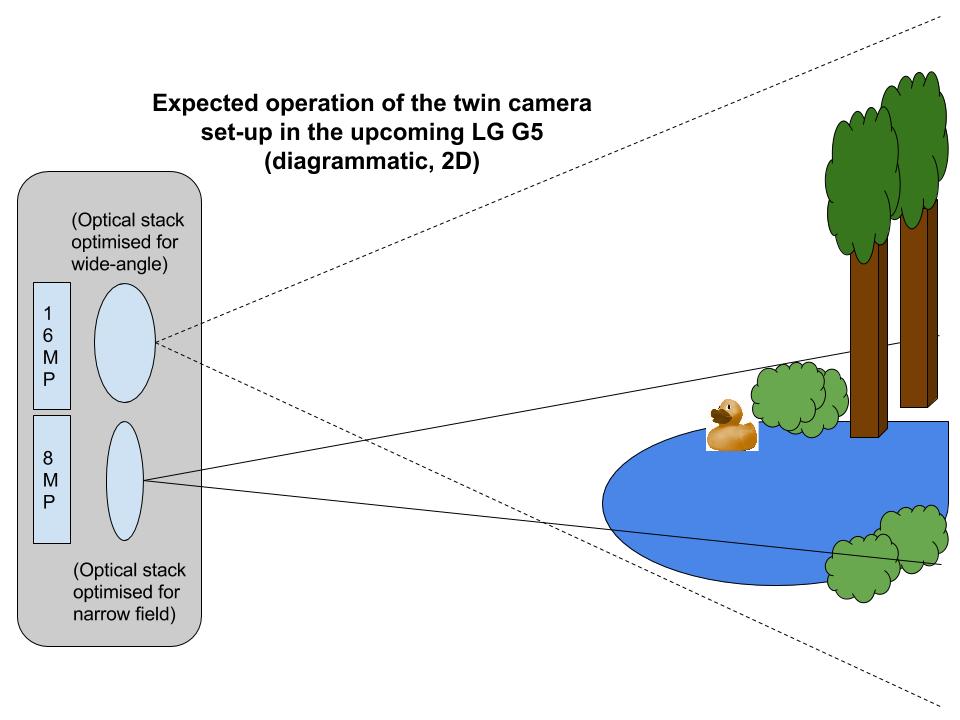Like most readers, I was interested in Samsung’s keynote yesterday, announcing the S6 and S6 Edge with no theatrics (for once). However, given that their specifications are almost identical, I started to question the wisdom in releasing two different products, leading to confusion in the marketplace, two sets of variants and colours and accessories all to support. All because someone at Samsung didn’t perhaps have the courage to put out the S6 Edge as the Galaxy S6? The problem, of course, and Samsung’s answer to my question, will be price and yield – it seems we live in an imperfect world.
Even though I know the answer to my titled question then, it’s interesting to put price aside and move into the world of ‘price no object’ – which isn’t too far off the truth for anyone on ‘contract’, very common for those with ‘flagship’ phones, typically paying £40 a month for two years (in the UK), partly for services and partly helping pay off the hardware. On contract, the monthly cost difference between two flagships like this tends not to be that noticeable.
Samsung was already putting in a major design change, moving from plastic with removable back to metal and glass, all sealed. Taking it right up to the design level and appearance of recent Apple iPhones. In which case, why not identify a really cool unique selling point for which Samsung can point out ‘the iPhone doesn’t have’?

The S6 and S6 Edge, sister devices….
Everyone who has handled the two new Galaxy S6 variants has said that the S6 Edge is the better of the two in terms of smoothness, classiness and – yes – features, with specific notifications and information appearing on one or both of the beautifully curved ‘edges’. After the Note Edge experiment, Samsung seems to have nailed the design, the degree of curve, and so on – the S6 Edge is positively stunning in the hand and in photographs. So why was the S6 Edge not the ‘next Galaxy’?
With only one device being put out, all the attention would be on this new beauty, on its utterly unique design and functions. Why dilute it by saying ‘OK, you can also have it boring and flat, here’s one without edges’…? And yes, the specification is virtually identical, right down to screen resolution, cameras, speaker, processor, storage, battery life, performance, and so on. Even the dimensions are almost the same, despite the form change at the sides.
You can even picture the scene on the train:
“Oh, is that the new Galaxy S6?” “Yep, really enjoying it!” “I love the way the edges curve down in the hand, that has to be the coolest smartphone I’ve ever seen.” “You should get one too!”
Later, after a little shopping on Amazon, an S6 arrives. “Wait a minute, the display’s all flat! Where are all the curves? I want a refund!”
And so on. Having to manufacture, market, distribute and support any given smartphone model is expensive – so why on earth would an experienced company double the amount of effort at each stage just to put out two phone which are almost, but not quite, entirely identical?

The Galaxy S6 and S6 Edge – metal and glass elegance
Although I’d love to postulate that this was a case of Samsung not being able make up its mind, perhaps panicked into covering all bases after the fiasco of the plastic fantastic (and disappointing) Galaxy S5, the answer to my opening question comes down to price and yields, of course.
Samsung mentioned in the keynote that making the curved glass here is both difficult and expensive, reflected in the expected SIM-free prices for the two phones (well over £100 apart), plus the very difficulty will naturally restrict the yields of the S6 Edge from the factory, i.e. the number of screens which can be produced that are usable. I’ll go on record here that the S6 Edge will be relatively hard to get for some time to come – at any price.
Away from the grubby economics though, I do secretly wish that Samsung had had the courage of its convictions and only put out, for the S6, what I’m sure it knew was the superior – and unique – design.








